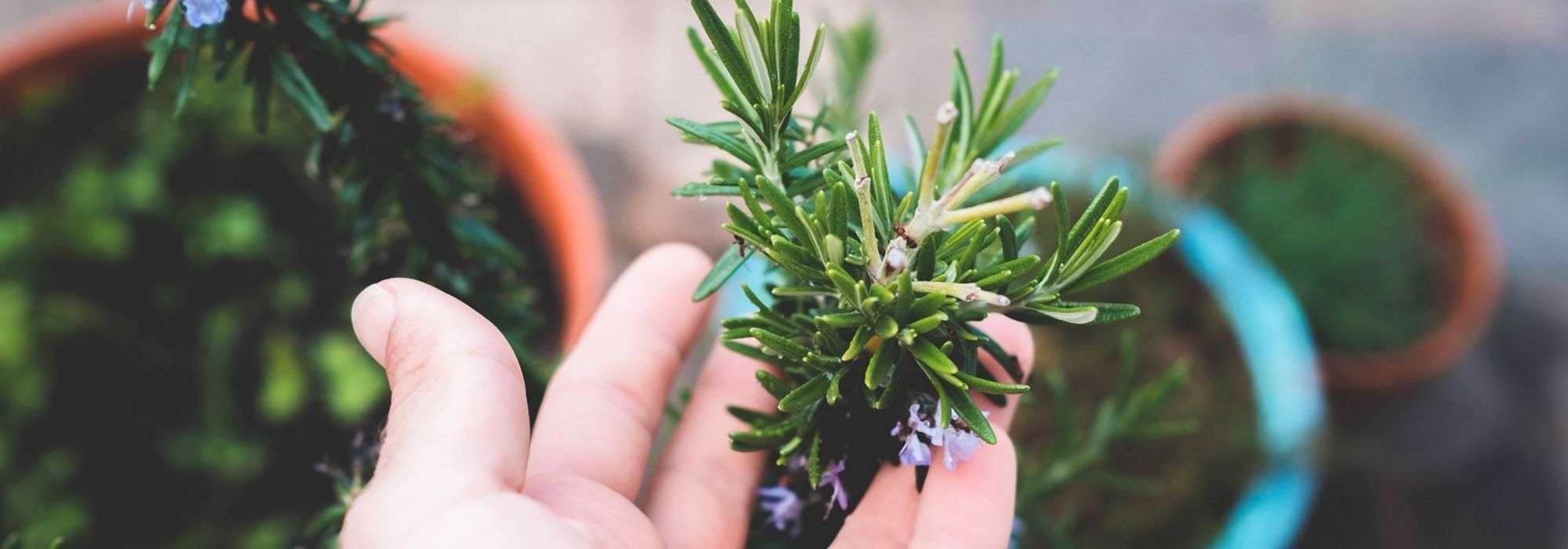
Growing rosemary in a pot
Planting, care and watering
Contents
Small shrub with scents reminiscent of the south, rosemary is an aromatic plant of Mediterranean climate. In its natural state, it grows in the rocky and dry soils of scrubland or maquis. Accustomed to arid and limestone hills, it adapts to poor soils, lack of water, and even frost! And it is easily grown in pots. It is appreciated both for the flavour of its small branches and leaves used in cooking, in dishes or on barbecues, and for the beauty of its small blue, violet, or white flowers, which resemble tiny orchids. Rosemary blooms in spring in regions north of the Loire, and from the end of winter through autumn in southern regions. It attracts pollinating insects like butterflies and bees, the latter using it to make honey. Discover our tips for growing rosemary in pots!

Rosemary in bloom
Which varieties to grow in pots?
All rosemary varieties can be grown in pots, knowing that the varieties ‘Prostratus’ and ‘Pointe du Raz’, two ground-cover rosemaries, will tend to escape from the pot.
Read also
To grow parsley in a potWhen and how to plant it?
- Rosemary is planted in March-April, preferably after the frosts, or in autumn, in September-October.
- Mediterranean rock garden plant, rosemary thrives especially in the dry regions of the south, in a sunny location and in well-draining soil, as it does not like moisture.
- Choose a pot large enough, with a diameter of at least 30 cm
- Place a thick layer of gravel or clay balls at the bottom of the pot, to achieve well-draining soil.
- Fill with potting soil, then plant the rosemary, topping up with the remaining potting soil. Firm the soil down.
- Water the soil without overdoing it.
- Position the pot in full sun and preferably sheltered from the wind.
Discover other Herb perennials
View all →Available in 2 sizes
Available in 2 sizes
Available in 1 sizes
Available in 2 sizes
Available in 2 sizes
Available in 1 sizes
Available in 2 sizes
Available in 1 sizes
Available in 1 sizes
Available in 1 sizes
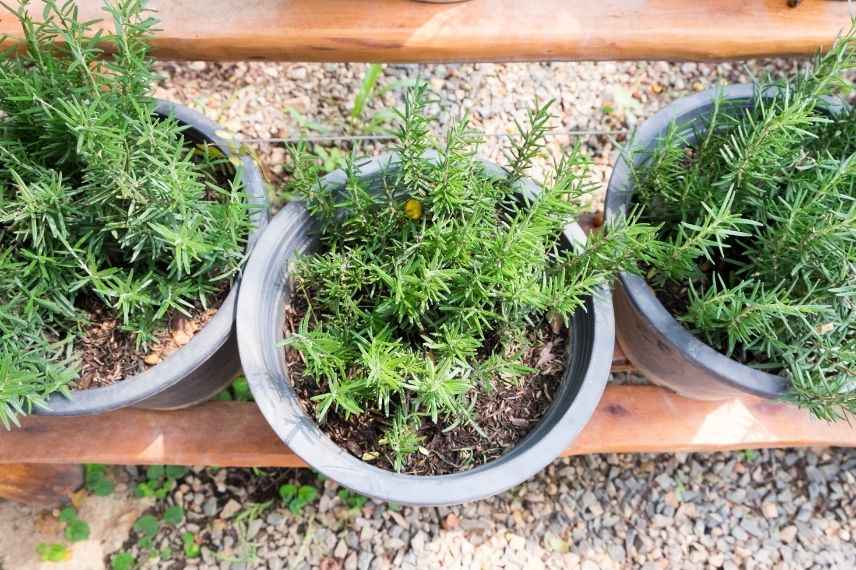
Read also
How to prune rosemary on a stem?What maintenance?
Watering
- Water rosemary occasionally and moderately during the first year. Ensure that the substrate dries well between waterings and that there is no standing water in the saucer. In subsequent years, water only in case of prolonged drought.
- Signs of insufficient watering for rosemary include wilted and brown leaves.
- As rosemary prefers poor soils, there is no need to provide fertiliser.
Wintering
In regions where winter is cold (below -10°C), it is best to bring your pot indoors, in a bright and unheated location, and then take it out in spring when severe frosts are no longer a concern.
Pruning
- If you wish to shape it, for example into a ball, you can lightly prune your rosemary after flowering.
- Only cut branches that are on green and soft wood, as old wood does not regenerate when cut.
- Avoid pruning your rosemary during frost periods.
Harvesting
For harvesting foliage, cut young branches preferably before flowering, as they are more tender and fragrant at this time.
Resistance to diseases
Rosemary is a resilient plant, not very susceptible to diseases and insects. The only issues that may affect it are: a fungus, the phytophthora, which appears in cases of excessive humidity, and rosemary beetles, small beetles that lay eggs on the branches but are harmless to the plant.
Discover our collection of rosemary!
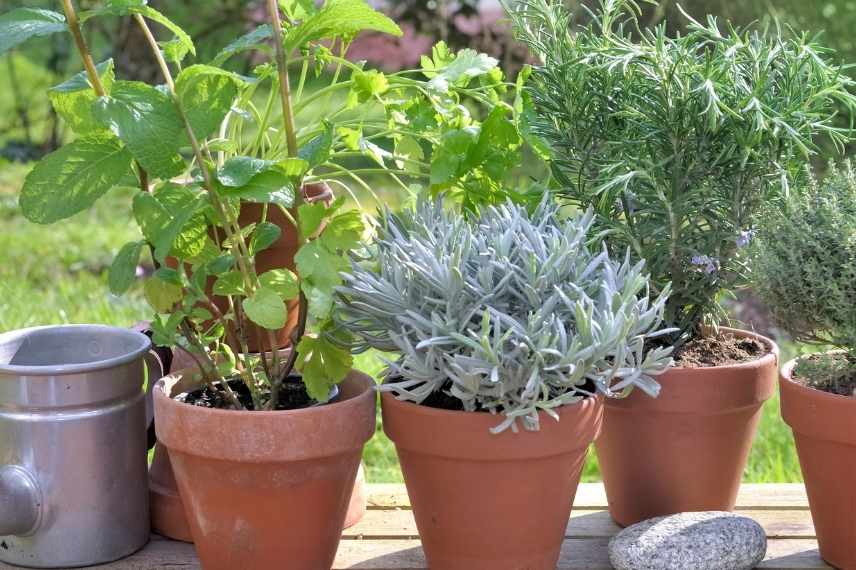 Pots of herbs placed in the sun
Pots of herbs placed in the sun
To go further
- Find all our rosemary varieties.
- Discover our tips to prevent and treat rosemary diseases and parasitic issues.
- Here’s a small selection of drought-resistant perennials, perfect for gardens without watering!
- Explore our selection of 15 medicinal plants with numerous benefits… to grow in your garden!
- Subscribe!
- Contents
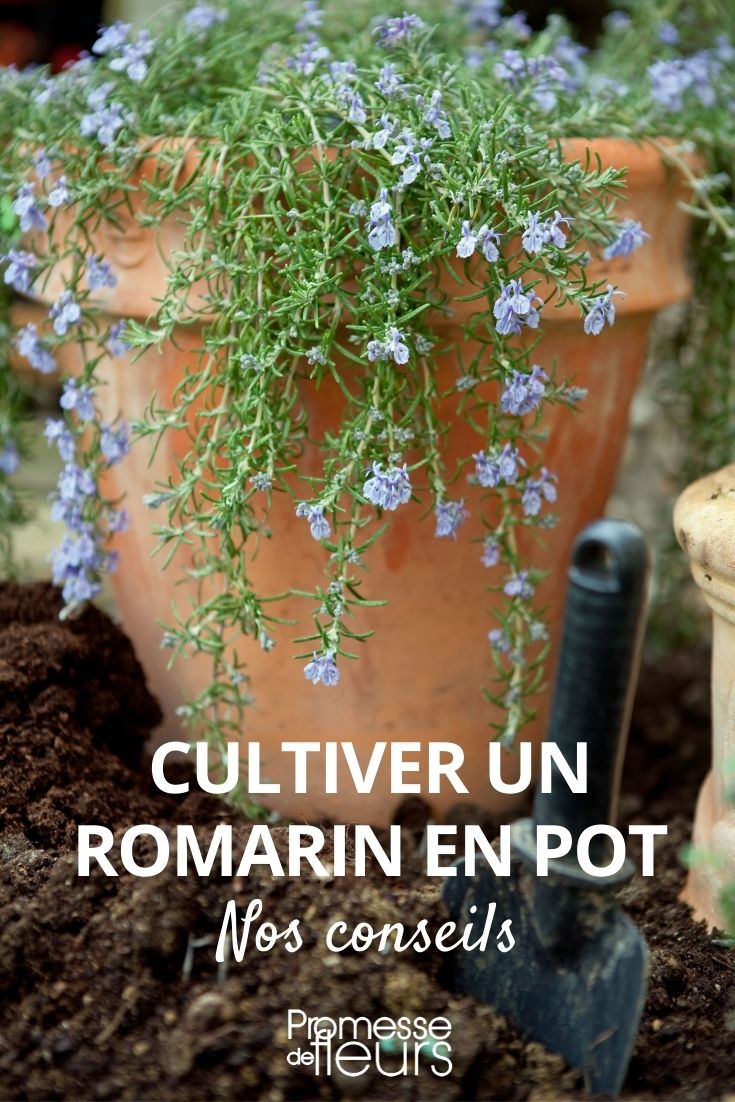































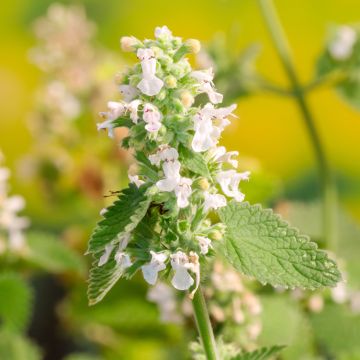
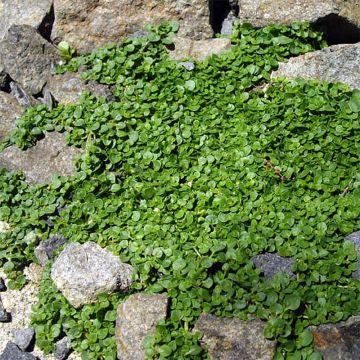
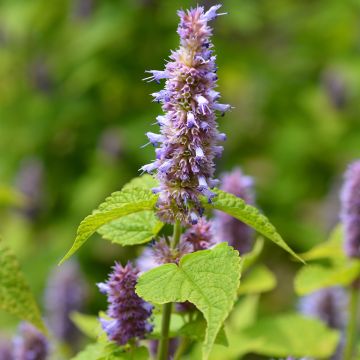
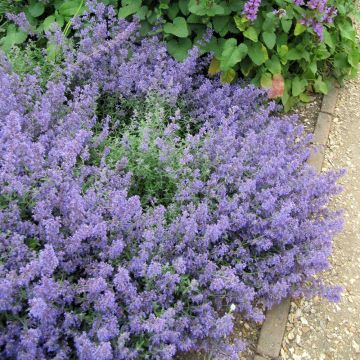

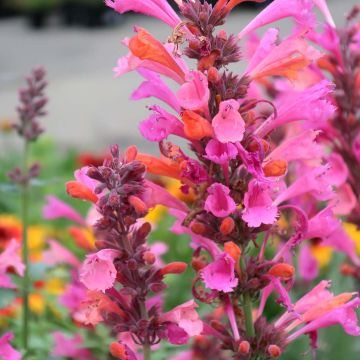

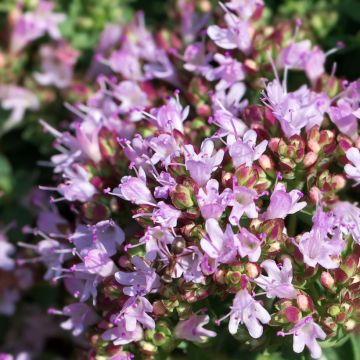
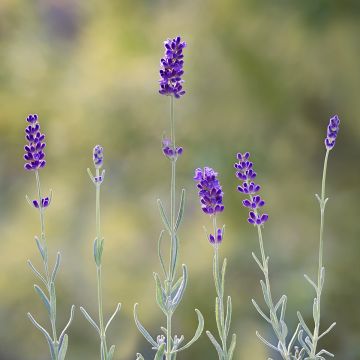
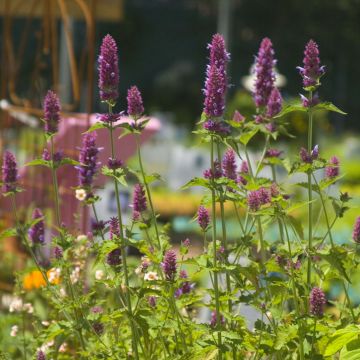
Comments